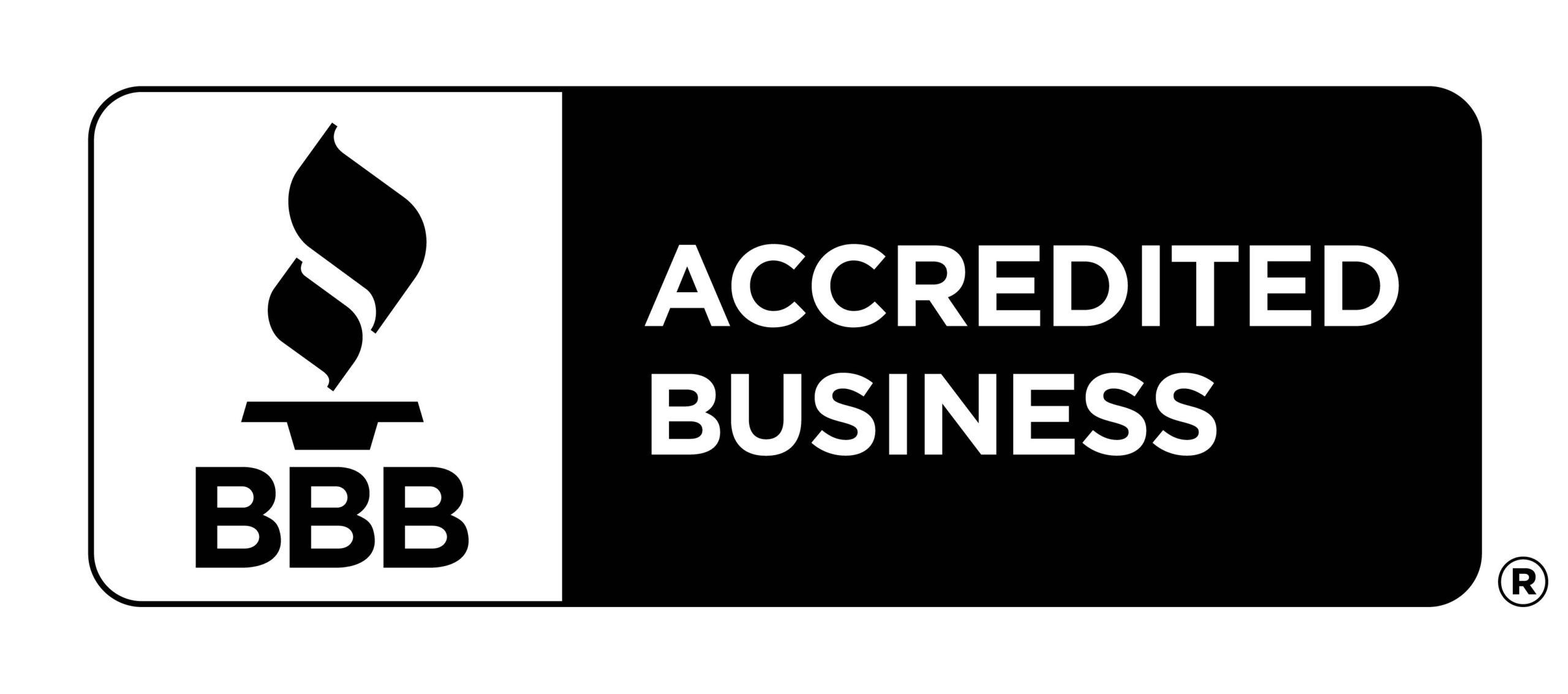
The Self Storage market is exploding and you’re anxious to jump in. You’ve found the ideal location and purchased the land, so now what?
Before you can pull permits or start the design process, it is key to completely understand your target market – who your customer is based on the highest demand units in your geographical areas down to the lowest usage units.
In our August 31 blog titled “Market Analysis and Feasibility Studies – Are They Worth the Investment?” we discuss the best ways to determine your given market, rental rates, demographics, and tenants. Additionally, a full Self Storage Feasibility Study also looks in depth at financial projections, marketing plans, unit mix, and many other factors. This blog is worth the read as the first step towards fully understanding the importance of understanding who your target market is so that you can then determine the right unit mix for your facility. Whether you hire an outside resource to do a professional feasibility study or complete it on your own, at the end of the day, the call on determining the best unit mix is entirely up to the owner.
What's needed in determining the best unit mix for your location? This decision is one of the most important aspects when it comes to developing a self storage facility. Determining the right layout with the right mix of units can increase your facility’s profits.
Once you have the demographic and competitive data, you can more easily calculate the current and future market demand by developing a matrix based on types of units (or X) expected rental rates rolling up to a monthly and yearly proforma to determine projected income for your facility. To do this:
1. Take the population number for your demographic or trade area
2. Multiply it by the forecasted demand number
This equals the gross demand in square feet for your demographic or trade area.
1. Subtract the result from the sum of the total existing amount of square feet of self storage and square feet in development in your demographic area.
This gives you the net demand in square feet in your area.1

1. Fully Evaluate your Demographics
Your ideal layout and unit mix should cover the needs of potential tenants in your area. If, for example, your area has a higher percentage of homeowners, then you may need to include larger units versus smaller units for renters. If the area your facility is located in has a high percentage of boat and/or RV owners, then you may want to include canopies or storage for those types of vehicles as well.
 2. Consider the Climate
2. Consider the Climate
In last week’s blog titled, “Doors, Roofing, and Best Climate Control for Your Geographic Location,” we discuss the importance of climate-controlled storage units if your facility is located in a part of the country that reaches temperatures above 90 degrees or in areas that fall below 32 degrees. Places with both extremes will definitely need humidity protection. Fluctuating temperatures can create condensation inside electronics, causing irreparable damage.
Likewise, anything that has liquid in it already can crack due to expansion from freezing. This is especially true of battery cells, including those for cars, mowers, and other small engines, which can crack when frozen. If your facility is located in an area that experiences extreme temperatures or high levels of humidity, your customers may be looking for climate-controlled storage units. Even in areas with moderate climates, humidity-controlled units are often popular with storage unit tenants, as they protect their belongings from the damaging effects of the environment.
3. Consider Residential versus Commercial Units
This ratio will also affect your unit mix. Again, your Market Analysis and Feasibility Study will help you best determine this.
4. Use Your Square Footage Efficiently
When planning your facility, you will definitely want to maximize your facility’s rental areas and minimize common areas. However, it is also best to keep your customer in mind when planning. While narrow hallways can give you more space, they may make it extremely difficult for your tenants to move their belongings.
5. Make Your Layout Convenient
Your facility layout should be designed with customer convenience in mind. This will keep them renting their storage units longer and increase the profitability of the facility. One example is to minimize the number of turns required from an elevator to the storage units. An ideal layout requires only two turns.2
6. Consider Phasing
One other tactic that self storage facility owners should consider is to build their projects in phases to help determine their optimum unit mix. This gives facility owners an opportunity to adjust the unit mix as they expand. Phasing will allow the owner to make more calculated decisions and create a larger asset value over time. It will also allow for any changes in the market with the changing economic environment currently occurring in the U.S.
When you are developing a self storage business plan the two biggest factors will be built on the unit mix and lease-up timeline. For the highest possibility of your facility’s success, it is important to constantly be doing the research and continue working on your proforma at 120, 90, 30 days out – all the way up until building is complete. Again, if you decide to use a phased in approach, you will also be able to adjust the business as market conditions change.
Works Cited
1. Self-Storage Ninjas. (n.d.). Retrieved from selfstorageninjas.com: https://www.selfstorageninjas.com/self-storage-feasibility-blog/2019/2/5/demystifying-the-unit-mix
2. Scheib, K. (2022, March 1). Investment Real Estate, LLC. Retrieved from irellc.com: https://irellc.com/resource/choosing-best-storage-unit-mix/
